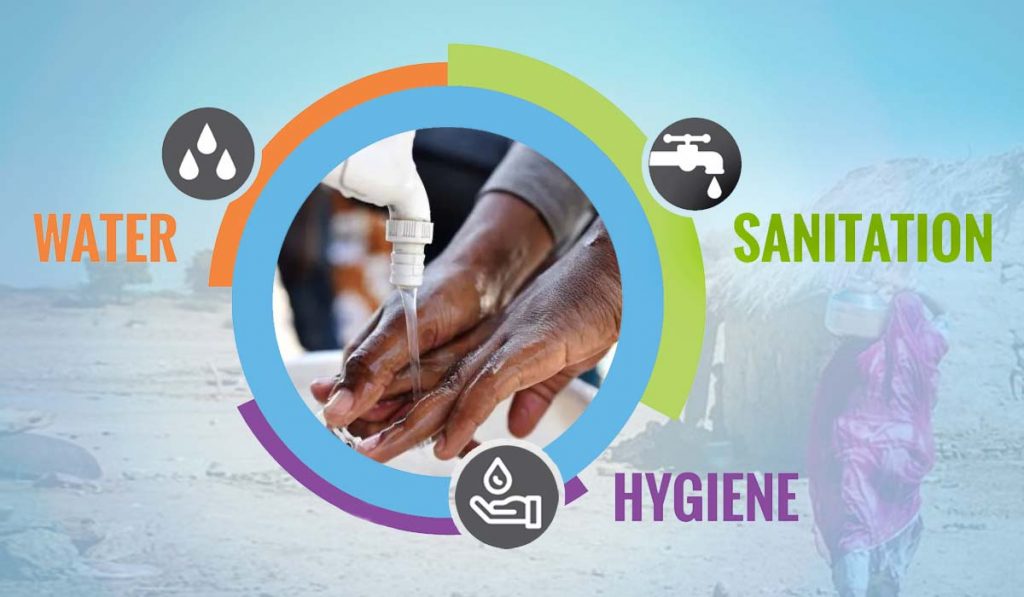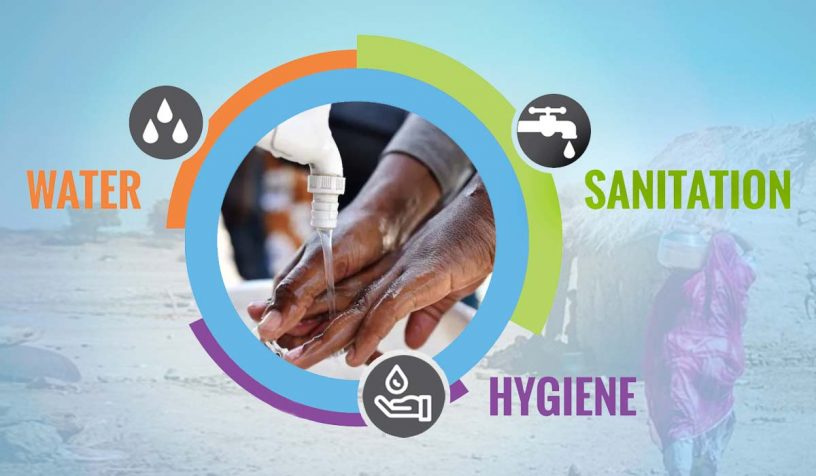
The researchers found that a vast expanse through central India was significantly lagging in multiple water-sanitation-hygiene facilities and appeared as major hotspots that deserve urgent management actions.
Authors
S. Chaudhuri, Center for Environment, Sustainability and Human Development, Jindal School of Liberal Arts and Humanities, O.P. Jindal Global University, Sonipat, Haryana, India.
M. Roy, Center for Environment, Sustainability and Human Development, Jindal School of Liberal Arts and Humanities, O.P. Jindal Global University, Sonipat, Haryana, India.
A. Jain, Jindal Global Business School, O.P. Jindal Global University Sonipat, Haryana, India.
Summary
A great wealth of studies expound on the impact of water and sanitation facilities on sustainable human development. But even though water-sanitation nexus is acknowledged in WaSH (Water-Sanitation-Hygiene) literature, they are seldom assessed collectively. In rural India, open defecation is still a major threat to human health, as much as potable water quality. Unfortunately, no study yet exists that attempts to assess the WaSH sector in a holistic sense.
Objective: Present study was aimed to integrate multiple WaSH parameters into a composite WaSH Quality Index (WaSHQI) for rural India, within a geospatial framework, and understand potential effects of different sociodemographic factors that are likely to influece WaSH profile development.
Methods: District-wise data for (i) within-premises latrine facility, (ii) water source type (safe/treated tap), (iii) water source location (near home/away from home), and (iv) wastewater drainage (closed/open) were mapped at nationwide scale. Gini Coefficients were computed for each parameter to elucidate spatial inequality.
The parameters were integrated in various combinations to compute a composite index for each district called, WaSHQI. In the process, four hypothetical scenarios were generated (grading from most conservative to most liberal). The WaSHQI was later (a) merged with spatial algorithms (Moran’s I and LISA) ) to identify WaSH-hotspots and (b) correlated with a range of sociodemographic factors (e.g., literacy, household density, caste).
Results: Under a conservative aproach (presumably the most hygienic WaSH scenario), a vast expanse through central India were significantly (p < 0.001) lagging in multiple WaSH facilities and appeared as major hotspots that deserve urgent management actions. On the other hand, northwestern states (Punjab and Haryana) registered a better WaSH profile owing to a number of progressive social reforms. Significant (p < 0.01) correlations between the WaSHQI and literacy levels, especially that of female, in the hotspots called for more in-depth region-specific investigations in future.
Rural WaSH sector in India is marked by intense spatial inequality/heterogeneity, calling for spatially-optimized interventions. Using multiple geospatial alrorithms and statistical analyses the study demonstrated the spatially interconnected nature of the WaSH and argued that policy decisions have to address the parameters collectively. Future
Implications: WaSHQI can offer the decision-makers a semi-quantitative approximation of overall WaSH infrastructural inadequacy at any level of administrative hierarchy anywhere in the world.
However, some efforts to exapand/diversify the potentials WaSHQI (accounting for additional socioeconomic parameters) could be pursued on the premise of developing a WaSH informatics system to track regional progress/lag over time.
Published in: Journal of Environmental Informatics
To read the full article, please click here.


